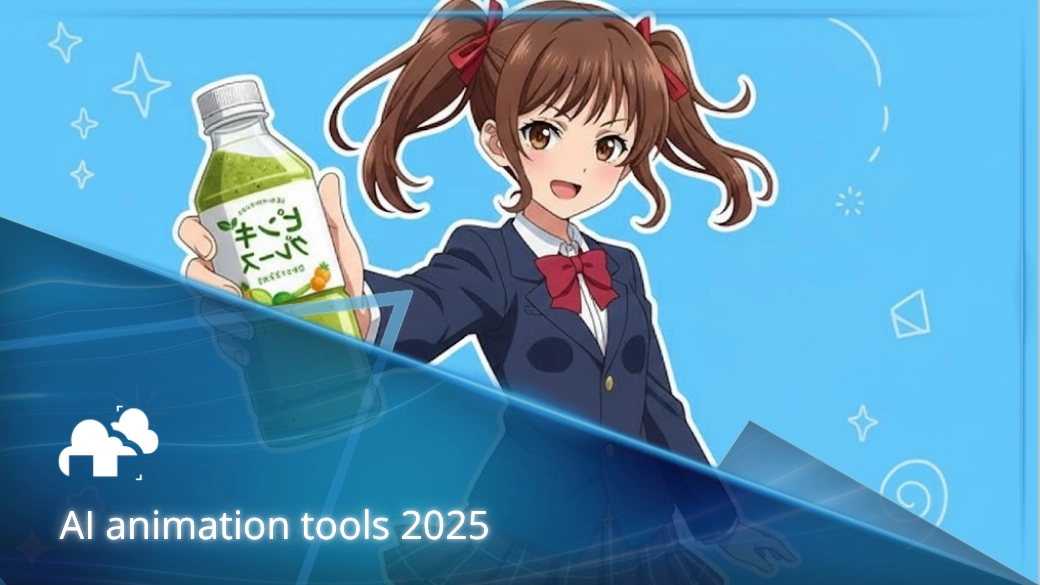
AI animation tools are reshaping how creators and studios produce video content. By converting text prompts and static images into animated clips, these tools are cutting production times while reducing costs. Yet, current challenges such as resolution limits, occasional motion flaws, and the continued need for human direction remain. The market for AI-driven animation, valued at $652 million in 2024, could grow around $13 billion by 2033, marking a profound shift in how visual stories are made (Grand View Research).
Traditional animation has always been resource-intensive. Every motion, every expression, required frame-by-frame keyframing and careful timing. AI-powered tools now automate much of that effort. Using generative artificial intelligence, these systems can interpret text descriptions and images to generate movement, lighting, and camera behavior. This transition lets creators focus more on storytelling and emotion rather than repetitive tasks.
According to Adobe, 66% of surveyed creatives who use generative AI tools say that it helps in creating better content. That insight captures the current landscape perfectly: AI tools are not replacing artists, but amplifying their creativity.
Today’s AI models are trained on vast datasets of human expressions, cinematic composition, and sound synchronization. They learn to mimic gestures and visual storytelling conventions, enabling impressive results from simple text prompts. Despite some inconsistencies, the output quality has advanced enough to serve professional needs in advertising, education, and entertainment.
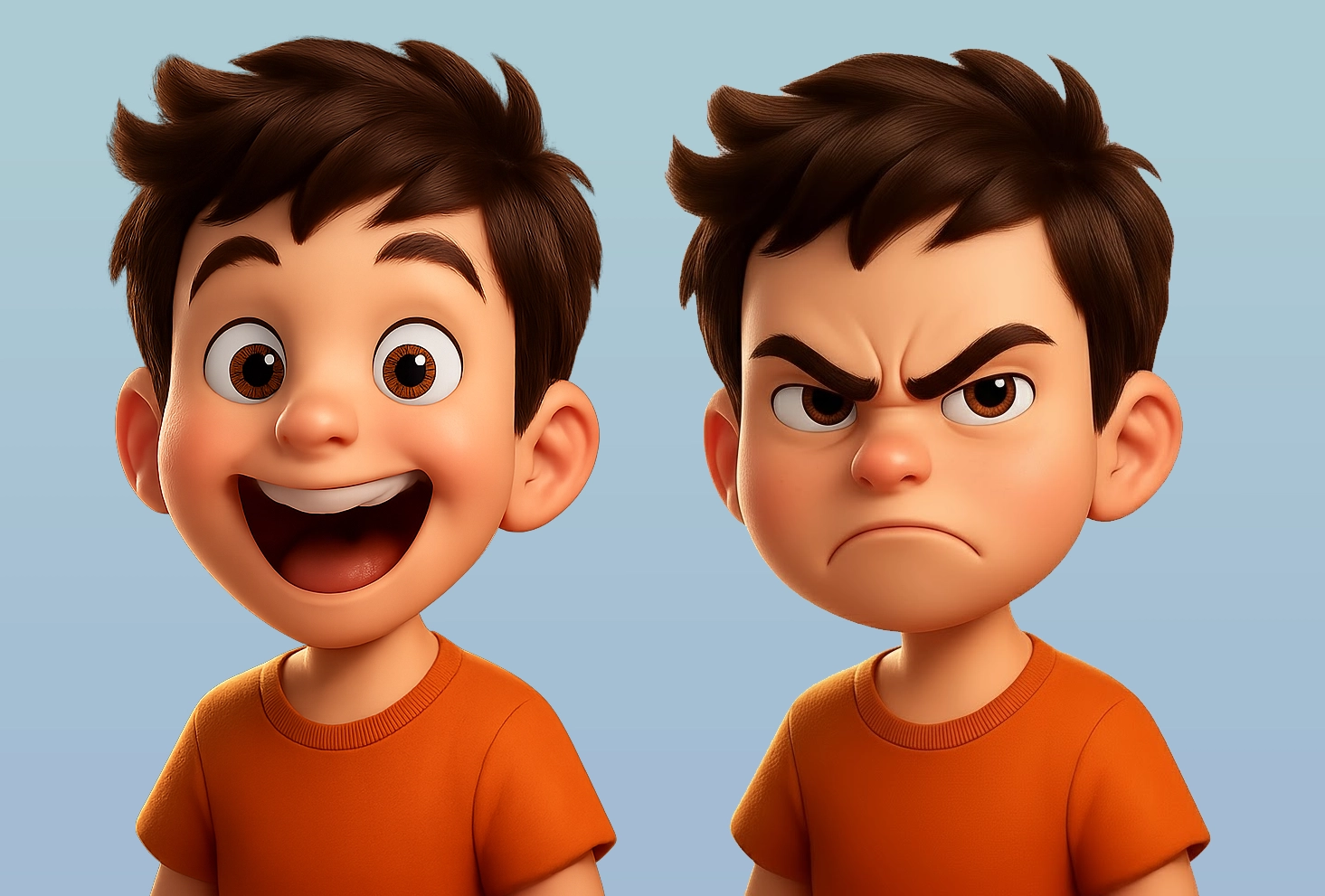
Runway ML’s Gen-4 system is great for generative video creation. Users can input a short prompt like “a musician playing the saxophone in a dark bar” and watch it transform into a full video sequence. This makes it invaluable for creators producing social media content, music videos, and experimental films.
HeyGen stands out for its photorealistic avatars and near-perfect lip-syncing. It can be widely used in brand communication, marketing, and onboarding content where a consistent digital spokesperson is needed.
Animaker’s strength lies in accessibility. It offers ready-made templates, AI-assisted scene generation, and a vast asset library that speeds up production for non-specialists. Businesses use it to create animated explainers, birthday messages, and promotional videos.
With so many available tools, it can be confusing on which tool to start with or to use for your projects. Below is a table of several available tools in the market and the use case they suit the most:
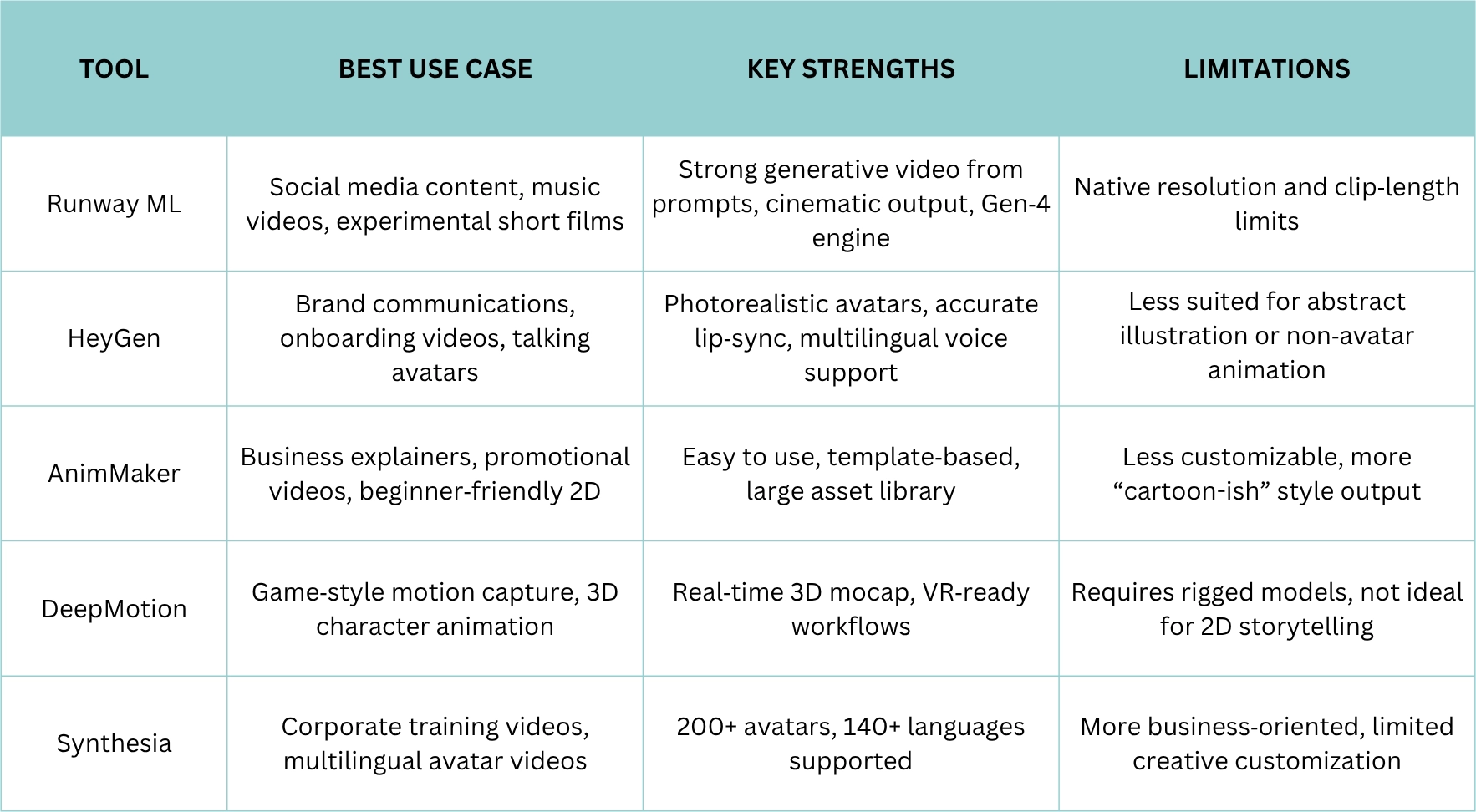
Studios report completing animation projects up to twice as fast when AI is involved. Processes like lip-syncing, background animation, and transitions are automated, leaving teams to focus on creative direction. The result is a smoother workflow and faster delivery which is essential for modern marketing and social media cycles.
For small businesses and content creators, AI tools democratize video production. Startups can now produce professional animated ads or Instagram reels without hiring full production crews. Larger studios use these tools to accelerate storyboarding and previsualization, where time and iteration matter most.
A creator can now type a sentence like “create an animated video of a cat playing piano under city lights,” and AI will interpret it into a dynamic clip complete with lighting, motion, and camera movement. While not always flawless, the automation of such complexity is a breakthrough in generative design.
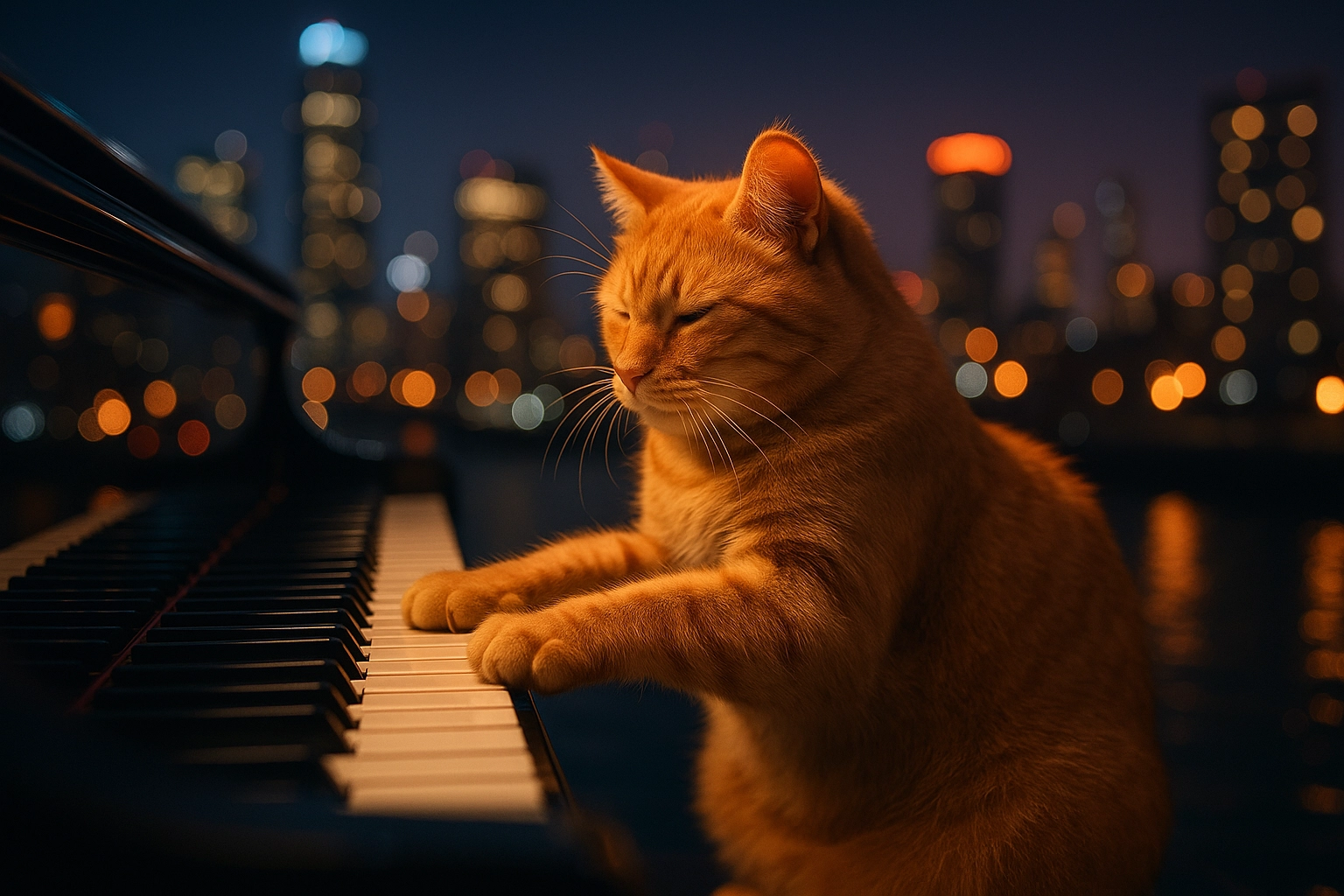
AI tools can breathe life into still images. They detect facial landmarks and posture lines to simulate motion, giving static portraits or product shots cinematic animation. This also includes environments and even objects.
Modern AI animation platforms integrate speech generation and lip-syncing with high accuracy. This has proven invaluable for brands seeking cost-effective advertising and multilingual communication. This video by AI BORDER showcases this with examples of AI lip-syncing being applied to different characters:
While Runway ML’s Gen-4 can produce cinematic compositions, its output is still limited to 720p resolution, but with upscaling to 4K. A typical clip length is also 5–10 seconds long at 24 fps. Some animations exhibit inconsistent motion or slightly distorted frames. These imperfections require manual cleanup or editing in post-production, making AI best suited as a collaborative tool rather than a total replacement.
AI cannot fully understand artistic nuance or emotional timing. It can animate gestures but struggles with subtleties like comedic pacing or narrative rhythm. This is why experienced animators still guide the storytelling process. This video Hayk_Animation also perfectly demonstrates AI’ current capabilities vs. something made by humans:
Even with automation, rendering AI-generated clips still takes time and computing power. Many platforms restrict output length or use credit-based systems to manage demand. This means creators must plan projects carefully to make the most of available rendering resources.
Marketers and influencers are turning to AI to meet the growing demand for video on platforms like YouTube and Instagram. AI generators allow creators to test different ad versions rapidly, ensuring consistent branding across diverse audiences.

Corporate teams use AI video tools to generate explainer content and product demos. A simple prompt and logo upload can produce branded videos ready for social media or internal training.
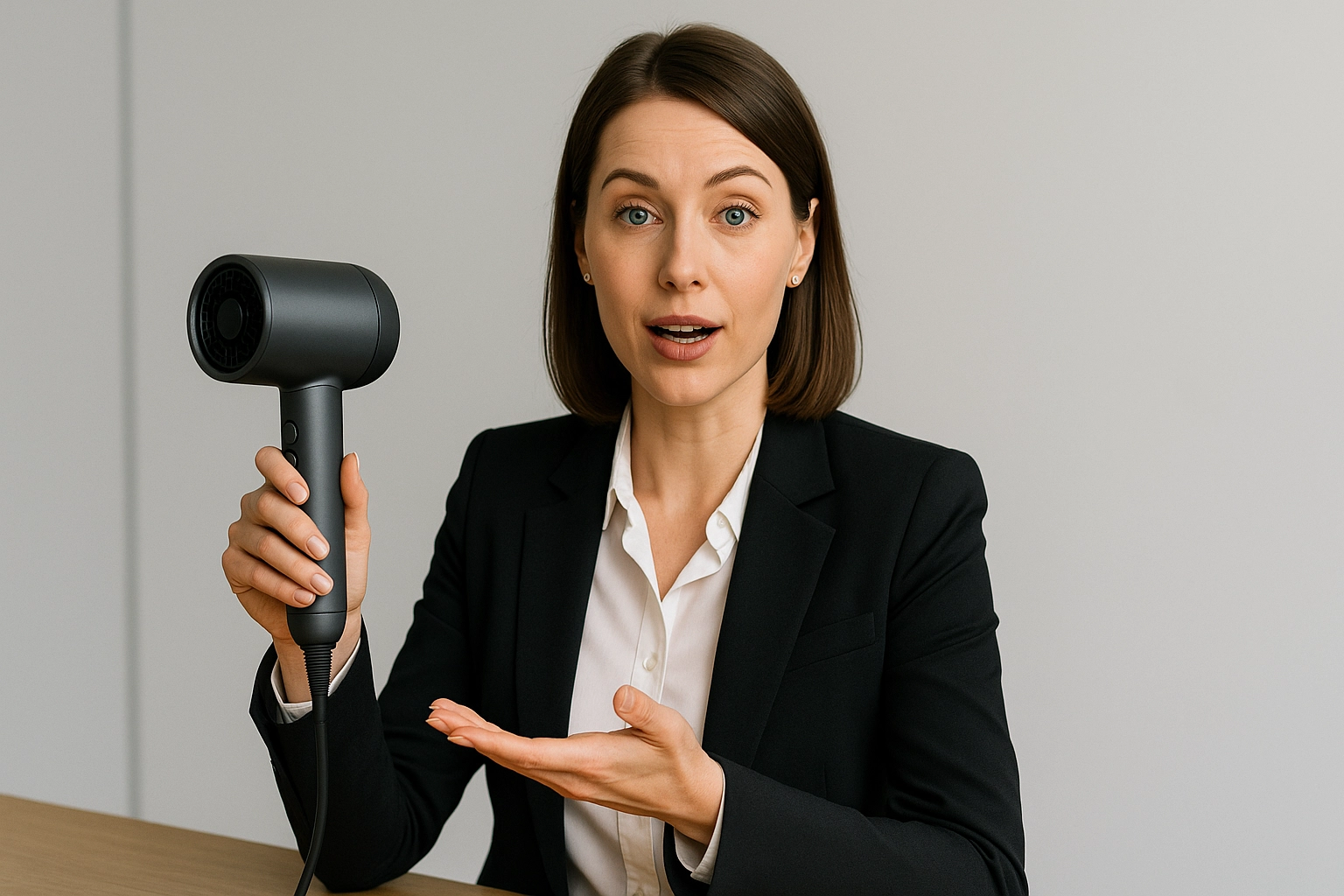
Educators and companies are embracing AI avatars for instructional materials. Instead of lengthy production cycles, they can produce videos that explain complex topics clearly and consistently.
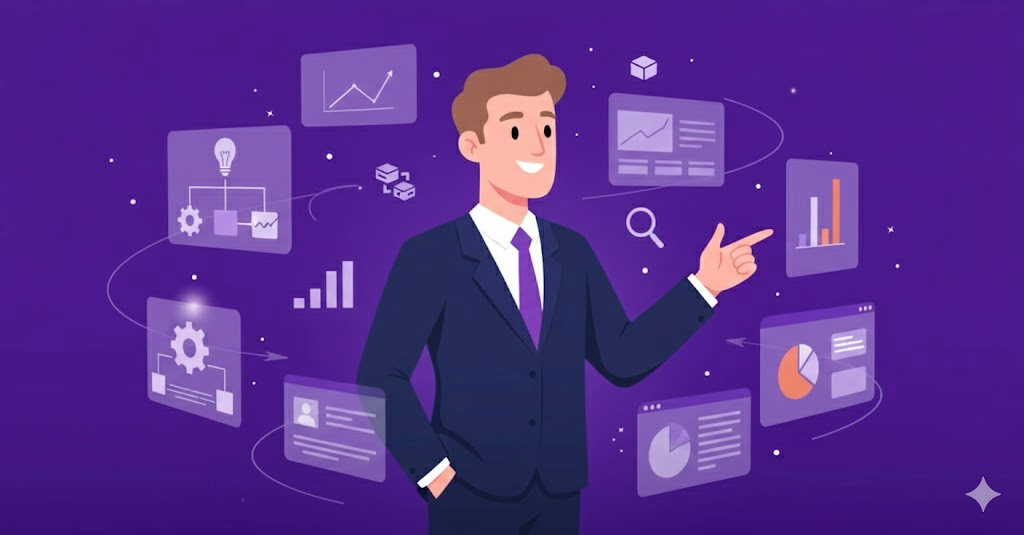
Runway’s subscription model caters to both small teams and professional studios. This pricing flexibility allows small businesses to integrate AI into their production pipelines without major investment. For those who are looking to try it out, you may start at even $0, and for larger teams with more than 10 people, a custom plan is an option to go for (Runway ML).
Free versions of AI tools typically include watermarked exports or shorter runtime limits. Upgrading to paid tiers removes these restrictions and provides additional benefits such as HD rendering, custom branding, and access to royalty-free music and voice libraries.
Most AI video generators operate on a credit-based economy. Each export consumes a set number of credits depending on video length and quality. This structure encourages efficient use of prompts, promoting thoughtful creative planning and optimization in production workflows.
Analysts forecast rapid growth in the generative AI animation sector, projecting it could reach $28 billion globally by 2033 (Market.us), fueled by advances in motion synthesis and video realism. Emerging tools will offer higher resolution, better frame consistency, and smarter camera control, with integrations like Adobe Photoshop streamlining pre-visualization and asset creation. While AI may automate up to 50% of repetitive animation tasks by 2025 (Animation Iconic), experts emphasize that this will transform and not eliminate jobs, allowing artists to focus more on creative direction, tone, and storytelling.